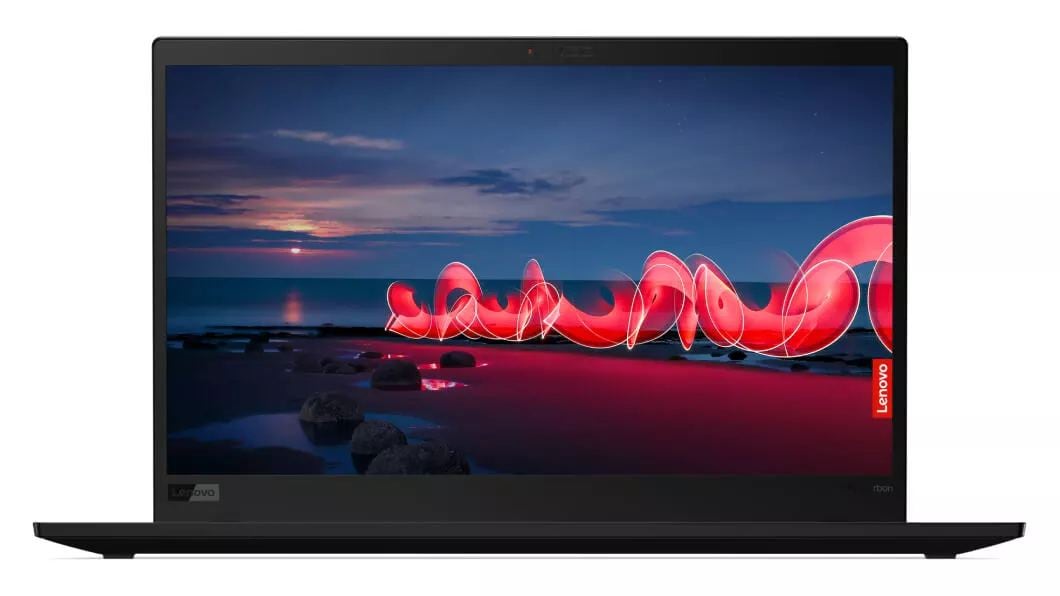
X1C 3rd gen – 2015 Broadwell – Fixed keyboard/trackpoint, 900p LCD dropped, 1080p TN standard, IPS optional, 16GB RAM option added.X1C 2nd gen – 2014 Haswell – clickpad, bad keyboard, 1440p (4K) IPS finally added.X1C 1st gen – 2012 Ivy bridge – 14″ Ultrabook, Touch screen added, 900p max, RAM soldiered from now on.X1 – 2011 Sandy Bridge – 13″ 720p, 1 RAM slot upgrade.It wasn’t until the 2015 model with the Broadwell processor & regular keyboard/trackpoint, did Lenovo started to call them by Generations, or Gen. Those will not be covered in this post, nor will the original 13″ X1, mostly because getting a battery with 80% or more life is difficult to find/verify and its 1366 x 768 display did not look well then and def did not age well at all.īack to it, the X1 Carbon didn’t really get a name change, when the 2014 X1 Carbon released with the attrocious keyboard, it was just known as the new X1, or 2014 model. Lenovo recently started to spin off the X1 line to include the X1 Tablet, a slate tablet that replaced the Helix, and the X1 Yoga, which is essentially an X1 Carbon that can retract 360 degrees to be used like most tablet/laptop convertables. Not all X1 Carbons are the sameĪlthough first getting into ThinkPads was confusing (380XD, A21p, T440s, E220 etc), all of the X1 Carbon line is just called that, sometimes just X1C. The X1C is a lovely device still, its thin, lightweight, iGPU and usually has the best screen Lenovo offers for their 14″ laptops.

A dGPU MacBook Pro would be a better choice for that kind of crap, or an XPS 15. I do like the X1 Carbon, though I wouldn’t recommend it for being a daily driver for someone who wants to do light gaming or video editing, it is pretty decent for photoshop. Thanks to Intel funding companies to produce Ultrabooks, the X1 Carbon is here to stay, and it became the flagship for Lenovo’s ThinkPad division.

The X1 Carbon? This is certainly not the god tier IBM ThinkPad™ we wanted, it is the successor to the X300 series which was a competitor to the MacBook Air.


 0 kommentar(er)
0 kommentar(er)
